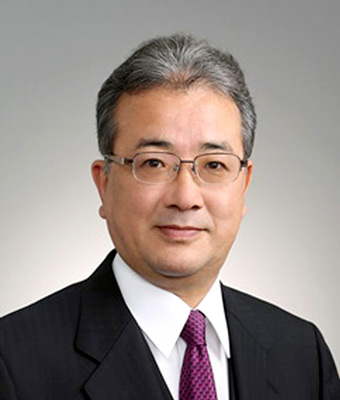
Shigeki Aoki, M.D.
Juntendo University
Tokyo, Japan
For pioneering contributions in neuroradiology including clinical applications of diffusion MRI and the development of diffusion tensor visualization software.
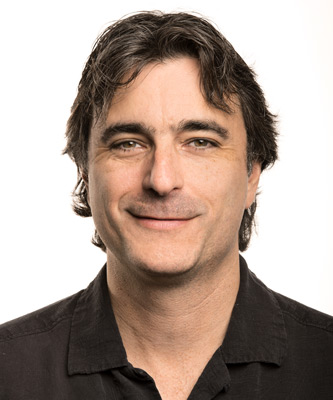
Christian Beaulieu, Ph.D.
University of Alberta
Edmonton, AB, Canada
For his studies on the origins of water diffusion anisotropy in the central nervous system.
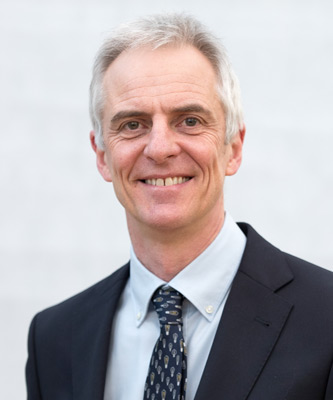
Andrew M. Blamire, Ph.D.
Newcastle University
Newcastle Upon Tyne, UK
For his contributions to the development of BOLD fMRI and multi-nuclear MRS, and for his leadership in the design and implementation of large scale multicenter and multinational imaging trials.
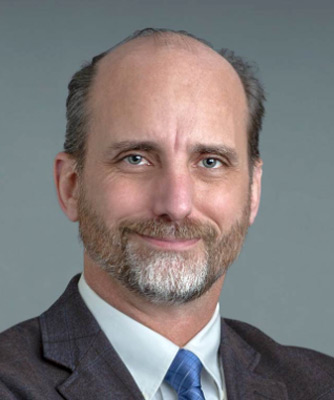
Christopher M. Collins, PhD.
New York University School of Medicine
New York, NY, USA
For seminal contributions to the modelling of electromagnetic fields produced by MR coils, gradients, and magnets, particularly at high field, and the interaction of these fields with tissue, and for activity in the ISMRM Safety and MR Engineering Groups in laying the theoretical foundation for safety guidelines.

Sean B. Fain, Ph.D.
University of Iowa
Iowa City, IA, USA
For outstanding contributions to MRI techniques for body imaging, including contrast-enhanced MRA, lung and kidney imaging.
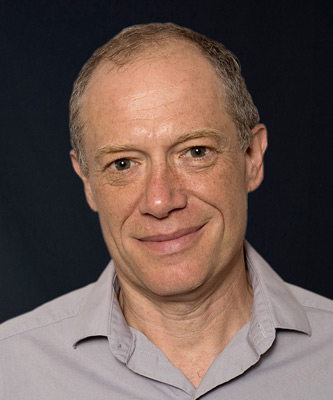
Lucio Frydman, Ph.D.
Weizmann Institute
Rehovot, Israel
For his leadership and contribution to almost every subfield of MRS and Imaging, from basic solid-state and liquid state NMR, fast multi-dimensional NMR scanning, hyperpolarized imaging, CEST and spatially encoded MRI with frequency swept RF pulses.
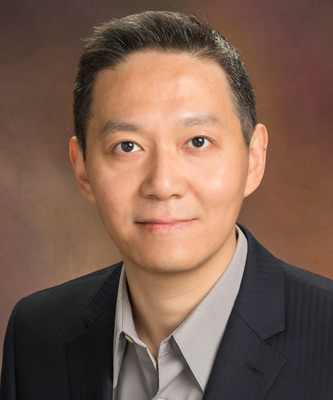
Hao Huang, Ph.D.
University of Pennsylvania
Philadelphia, PA, USA
For his leadership and contributions in pediatric brain MRI. He has adapted diffusion and arterial spin labelling perfusion MRI to this age group, focusing on acquisition, postprocessing, and establishing age-specific protocols.
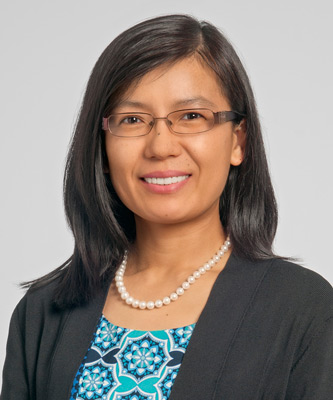
Xiaojuan Li, Ph.D.
Cleveland Clinic
Cleveland, OH, USA
For significant contributions to quantitative MR technologies for musculoskeletal imaging.
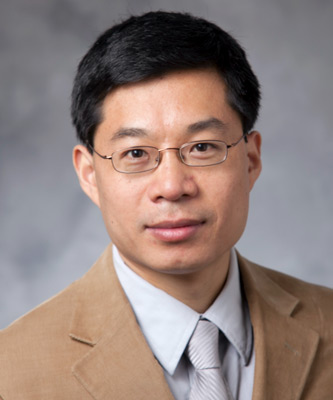
Chunlei Liu, Ph.D.
University of California
Berkeley, CA, USA
For contributions to the use of higher order statistics for characterization of non-Gaussian diffusion effects observed in biologic tissue, leading to the use of higher order tensors, and for studies in magnetic susceptibility tensor imaging.
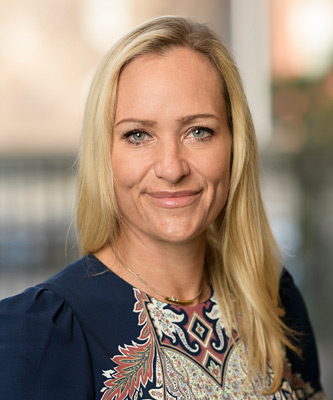
Katja Pinker-Domenig, M.D., Ph.D.
Memorial Sloan Kettering Cancer Center
New York, NY, USA
For Innovative work in breast MRI extended to quantitative imaging and multiomics data integration in breast cancer.
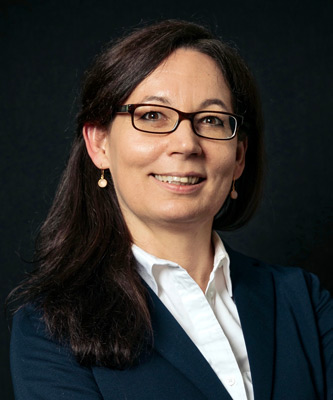
Marion Smits, M.D., Ph.D.
University Medical Centre Rotterdam
Rotterdam, Netherlands
For pioneering work at the interface of technical innovation and clinical neuroradiology, including glioma imaging and radiogenomics of gliomas.

Damian John Tyler, Ph.D.
University of Oxford
Oxford, UK
For his contributions to the field of hyperpolarized imaging of the heart.
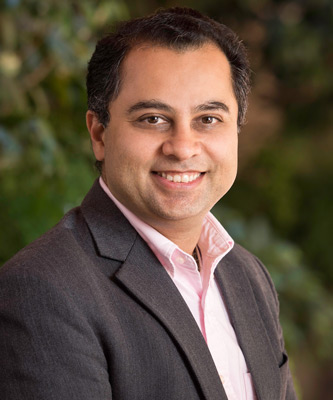
Shreyas S. Vasanawala, M.D., Ph.D.
Stanford University
Stanford, CA, USA
For his contributions as both a clinician and a scientist which span the development of hardware, image reconstruction/processing, to its implementation in the clinics, specifically in the areas of compressed sensing in pediatric body MRI, pediatric coil development and motion correction.
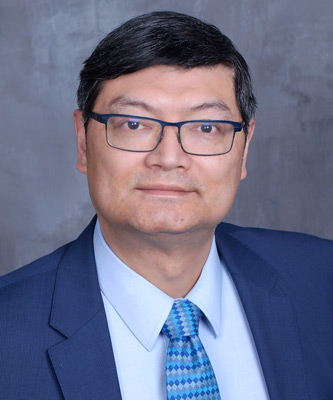
Danny JJ Wang, Ph.D., MSCE
University of Southern California
Los Angeles, CA, USA
For research contributions in the development, validation, and application of MRI methods for quantifying perfusion, flow, and related phenomena, particularly in the extension of arterial spin labeling (ASL), and for his work in disseminating this technique to multiple sites worldwide for clinical studies and trials.

Meiyun Wang, M.D., Ph.D.
Henan Provincial People’s Hospital
Zhengzhou, China
For pioneering work in the application of advanced MRI for intelligent precision diagnosis and guiding personalized therapy of major diseases, and for National and International leadership in MRI education and popularization.

Bernd J. Wintersperger, M.D.
University of Toronto
Toronto, ON, Canada
For his notable contribution in translational cardiovascular MRI to better establish the applicaionts and clinical appropriateness of clinical cardiovascular MRI – the critical “last mile” that critically underlies the future success of the field.

Essa Yacoub, Ph.D.
University of Minnesota
Minneapolis, MN, USA
Essa Yacoub is an international leader in high field MRI and fMRI. He demonstrated orientation columns in humans using fMRI and undertook the first cortical depth dependent fMRI studies. He has extended the limits of spatial and temporal resolution of MRI/fMRI, via hardware and pulse sequence developments, resulting in improved precision, sensitivity, and SNR efficiency in the acquired images.
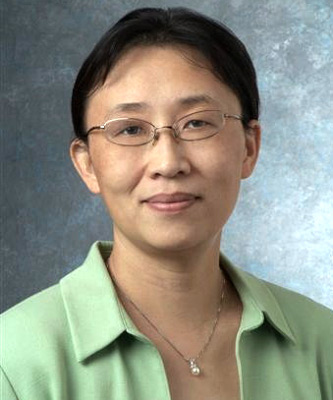
Xin Yu, Sc.D.
Case Western Reserve University
Cleveland, OH, USA
For outstanding work in developing and translating MRI techniques for cardiovascular and metabolic imaging.

Jinyuan Zhou, Ph.D.
John Hopkins Univ. School of Medicine
Baltimore, MD, USA
For his work in chemical exchange saturation transfer (CEST) imaging, particularly for his development and clinical implementation using the amide proton transfer (APT) MRI approach and its use in the imaging and evaluation of brain tumors.

